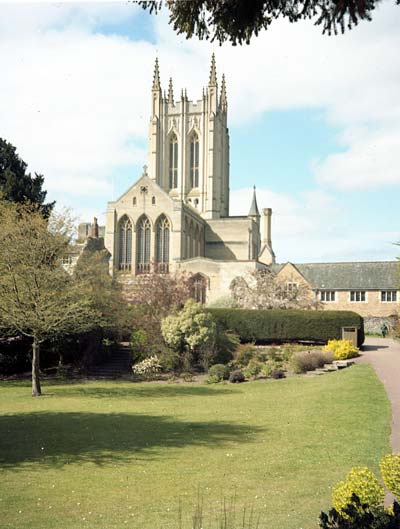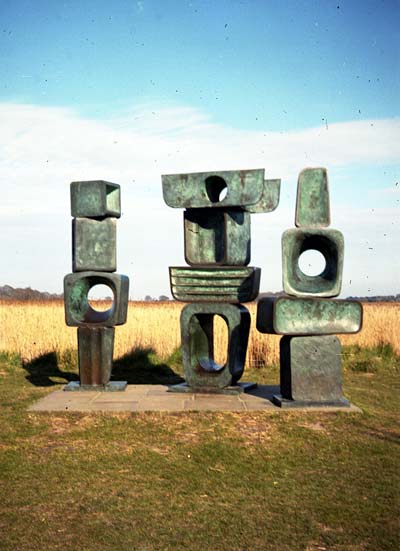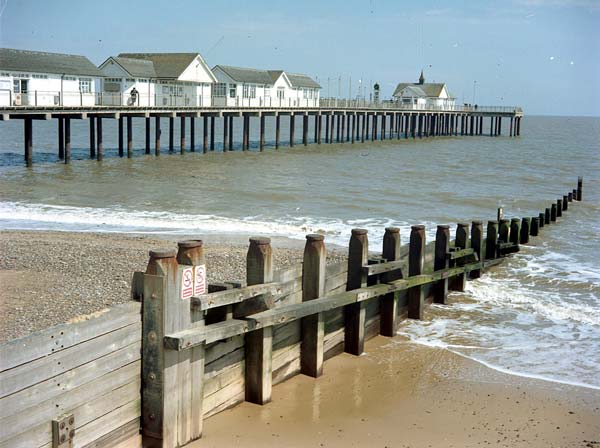Ebner 4.5x6
Specification


| Manufacturer | : | Ebner |
|---|---|---|
| Produced | : | 1933 |
| Classification | : | Medium Format |
| Body Type | : | Folding Bed |
| Bellows Deployment | : | Self Erecting |
| Construction | : | Bakelite |
| Film Type | : | 620* |
| Film Width | : | 62mm |
| Image Size | : | 6 x 4.5 cm |
| No. of Images | : | 16 |
| Lens Type | : | Mayer Gorlitz Trioplan |
| Focal Length | : | 50mm |
| Focus Type | : | Variable |
| Focal Range | : | 1.5m - inf. |
| Aperture Type | : | Iris |
| Apertures | : | f/4.5 - f/22 |
| Shutter Type | : | Pronto |
| Shutter Speeds | : | T,B, I(1/100s, 1/50s, 1/25s) |
| Size Open (w x h x d) | : | 140 x 105 x 110 mm |
| Size Closed (w x h x d) | : | 140 x 105 x 35 mm |
| Weight | : | 475g |
| * Will also take 120. See below. | ||
Art Deco Credentials
![]()
![]()
![]()
![]()
Significant: Pronounced and self evident
I consider this camera to warrant 4 stars for the following attributes:
- produced during the main Art Deco period;
- black Bakelite body;
- elegant streamlined design;
- rounded corners;
- leather pattern in bakelite;
- chrome struts;
- chrome viewfinder;
- other chrome highlights;
Description
This Ebner has a beautifully shaped 'streamlined moderne' body. The soft curves make it very portable. It produces 16 images of size of 4.5×6cm using Kodak's 620 format roll film. It is available in black or attractive marbled brown Bakelite. The camera varies in complexity, some with simple three-speed Pronto shutters, and others with multi-speed Compur shutters. Lens and shutter combinations included: f4.5 Troplan/Pronto, f3.5 Primotar/Compur and f3.8 Tessar/Compur.
It had no name other than the size of the image it took. It has an interesting but useless folding viewfinder which is frustrating to use. It has a single tripod mount but suprisingly does not have a table stand.
The camera uses dual red windows giving sixteen pictures on a roll of 620 film. The two window arrangement comes from a design from British Patent 13246 (W.H. Harvey, 1914) which described using two red windows for doubling the number of exposures on a film roll.
How to Use
Although designed to use Kodak 620 film, a 120 film can be made to fit on the feed side. A 620 spool is recommended for the take-up spool.
Line up the first number on the roll in the first window then expose the film. Now move the same number to the second window and expose the film. Repeat for all 8 numbers on the roll giving 16 exposures. Don't forget to cover the red windows with black tape and only open them when advancing the film in low light conditions. This camera is particularly sensitive to light leaking through the red windows.
Exposure
Shutter speeds are 1/25s, 1/50s and 1/100s although the accuracy is not guaranteed.
If you don't want to bother with an exposure meter, follow the guide shown. It is based on the 'Sunny 16' rule. Film is so forgiving and will produce acceptable results even when overexposed by 2 or 3 stops or underexposed by 1 stop.
Remember that the exposure guide in the camera user manual may not be helpful as it is based on the use of old film with a low ISO value.
The tables assume that the sun is at least 30 degrees above the horizon - that's 10am - 5pm on a summer's day in the UK.
If you are not sure about the light level, err on the side of overexposure - i.e. assume the smaller f number.
Where there is a choice, a larger f number will give a larger depth of field.
For the slower speeds, you may need a tripod to stop blur through shake.
Using ISO 100/125 film
| Weather Conditions | Shadow Detail | Shutter Speed (s) | ||
|---|---|---|---|---|
| 1/25 | 1/50 | 1/100 | ||
 Sunny SunnySnow/Sand | Dark with sharp edges | f/22 | ||
 Sunny Sunny | Distinct | f/22 | f/16 | |
 Slight Overcast Slight Overcast | Soft around edges | f/22 | f/16 | f/11 |
 Overcast Overcast | Barely visible | f/16 | f/11 | f/8 |
 Heavy Overcast Heavy Overcast | None | f/11 | f/8 | f/5.6 |
 Open Shade Open Shade/Sunset | None | f/8 | f/5.6 | f/4.5 |
Photographs taken with this camera
Kodak Portra 160 film.




